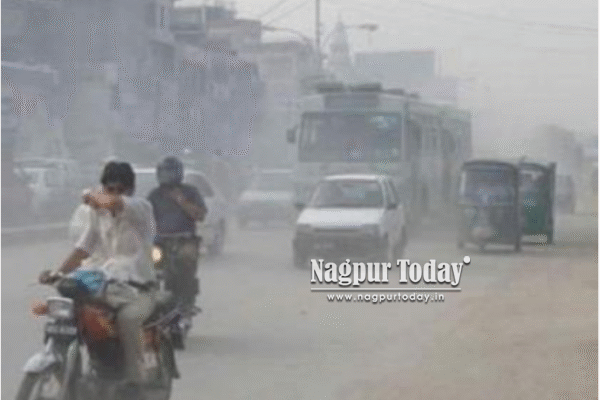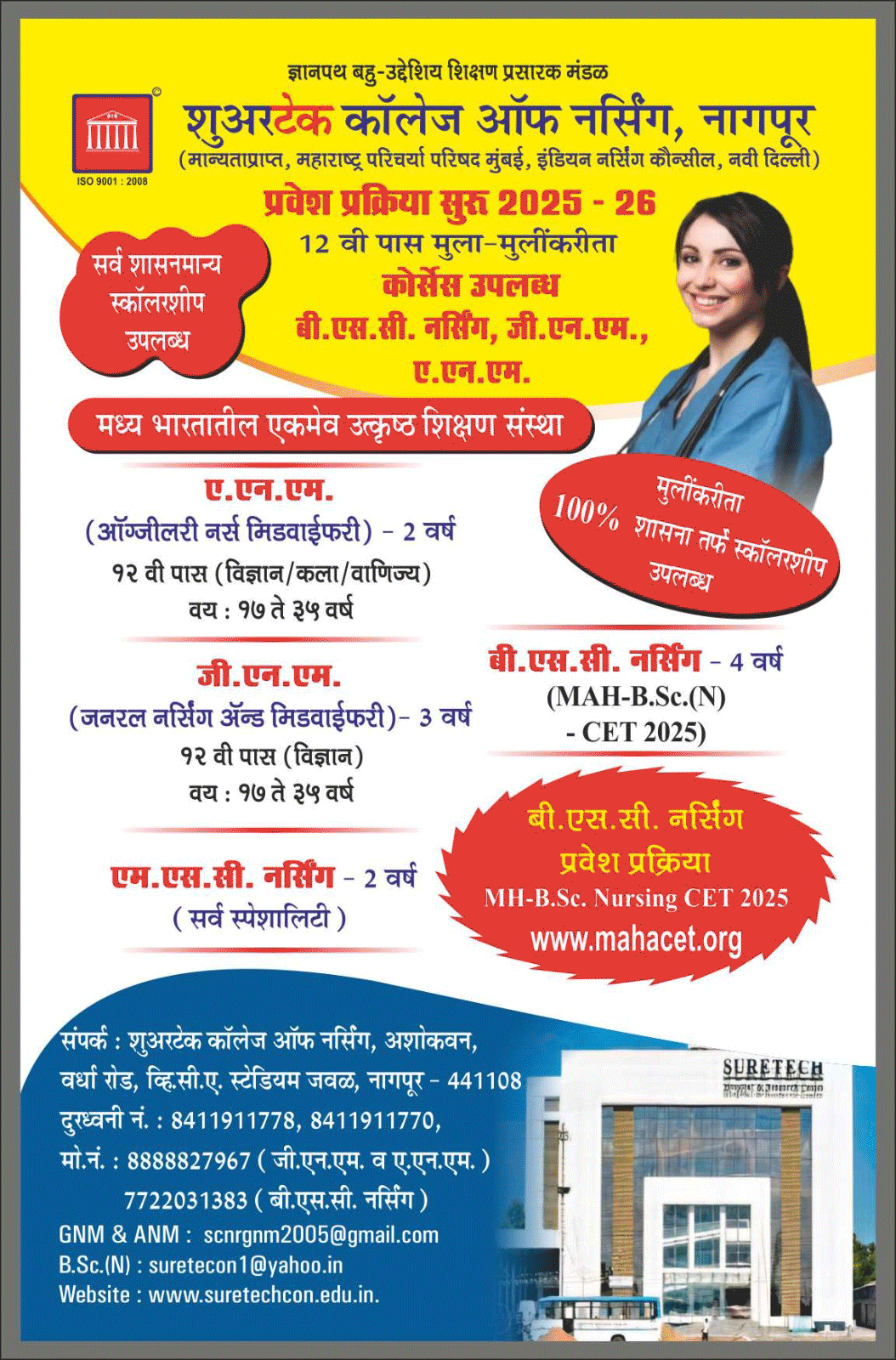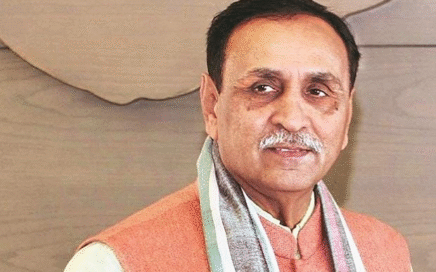
Nagpur: As bulldozers and cranes shape Nagpur’s skyline with new roads, flyovers, and high-rises, a silent crisis is unfolding in the air above. The price of Nagpur’s fast-paced development is being paid in the form of rising pollution levels — a threat now impossible to ignore.
According to a recent analysis, the city recorded unhealthy air quality on 69 out of 89 days between February and April 2025, with PM10 concentrations consistently breaching the national safe limit. This prolonged exposure to high particulate levels is posing a grave risk to public health, triggering respiratory ailments and other chronic conditions across age groups.
A recent study by the Centre for Research on Energy and Clean Air (CREA) has revealed that Nagpur recorded the second worst air quality after Malegaon in March and April 2025. Based on data from the Central Pollution Control Board (CPCB), the analysis highlights an alarming rise in the city’s PM10 levels — coarse particulate matter that severely impacts respiratory health.
Between February and April this year, Nagpur’s air quality breached the National Ambient Air Quality Standards (NAAQS) for PM10 (set at 100 µg/m³) on 69 out of 89 monitored days. The average PM10 levels stood at 119 µg/m³ in February, 122 µg/m³ in March, and 113 µg/m³ in April — all well above the safe limit.
What’s worse, the PM10 concentrations in April 2025 surpassed levels recorded during the same month in 2024 and 2023, indicating a worsening trend. Experts point to rampant construction activity and ever-growing vehicular traffic as the primary contributors to this rising dust pollution.
“Nagpur, despite being listed under the National Clean Air Programme (NCAP), has yet to identify its key pollution sources,” said Manoj Kumar, an analyst at CREA. “Without scientific identification of emission sources, any mitigation efforts may fall short of achieving real impact. It’s imperative the city expedites this process.”
The CREA report also found that Nagpur’s PM2.5 levels — the finer and more harmful particulate matter — stood at 52 µg/m³ in April 2025, tying with Jalna for second place in the state, behind only Malegaon. This summer data, experts warn, is a red flag ahead of the winter season, when pollution levels typically worsen.
Voicing concerns, Leena Buddhe, Director of the Centre for Sustainable Development (CFSD) and member of the Nagpur City Hub, stressed the role of civic collaboration. “We’re already working on solid waste management and curbing waste burning. But open burning and mismanaged waste remain major challenges. We urge local authorities to work closely with us to develop a unified action plan,” she said.
The call for clean air is growing louder, as health concerns mount and environmental indicators continue to deteriorate. Nagpur’s path to progress must now include a serious commitment to environmental sustainability — before the air becomes unbreathable.















